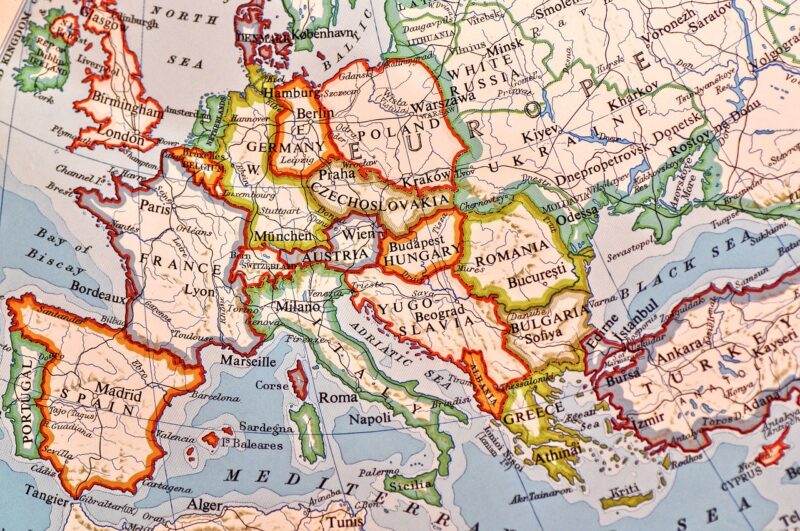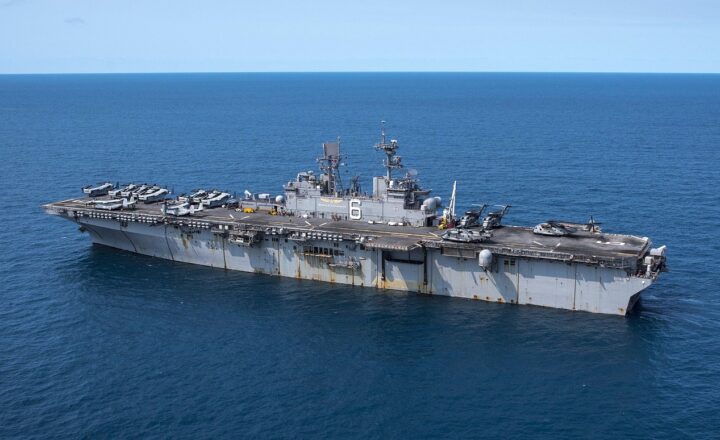The Influence of Geography on Historical Military Strategies and Political Outcomes
November 16, 2024

Geography has always played a significant role in shaping military strategies and influencing political outcomes throughout history. From the expansive plains of Central Asia to the rugged mountains of Afghanistan, the geographical features of an area have determined not only the tactics used in warfare but also the rise and fall of empires. This article delves into how geography has influenced military strategies and political success from ancient times to the modern era.
1. Understanding the Role of Geography in Warfare
Geography encompasses more than just the physical terrain; it includes climate, resources, and population distribution. Military leaders throughout history have understood that these geographical factors directly influence:
- Accessibility: Geography determines how easily troops can move and supply chains can function. Mountainous regions and dense forests often impede movement, while open plains facilitate swift troop deployment.
- Defensive Positioning: Natural barriers like rivers, mountains, and oceans can serve as effective defensive fortifications, allowing a smaller force to fend off a larger aggressor.
- Resource Availability: The availability of natural resources such as food, water, and minerals influences which areas are strategically valuable during conflicts.
Examining these aspects provides insight into how leaders have crafted their military strategies and the outcomes of various conflicts.
2. Ancient Civilizations and Geography
The importance of geography is evident in the histories of ancient civilizations. The location of early civilizations along major rivers, such as the Nile, Euphrates, and Indus, was not merely a matter of convenience but a critical element in their development and military strategies.
– **Egyptian Warfare: The Nile’s Advantage**
The Nile River not only provided sustenance but also served as a means of transport. The Egyptians utilized the river for rapid troop movements while defending their land from invasions by neighboring tribes and empires. Understanding the river’s predictable floods allowed Egypt to establish a stable food supply, which contributed to their military prowess.
– **Mesopotamian Strategies: Uniting Divide**
In Mesopotamia, the Tigris and Euphrates rivers created fertile land but often resulted in conflicts between rival city-states. The unpredictable flooding of these rivers required cooperation among various factions, yet also led to widespread military campaigns as city-states sought dominion over water resources through strategic positioning and control.
3. The Mediterranean Sea: A Battleground of Strategies
The Mediterranean has long been a theater of conflict that shaped empires. The geographical makeup of the region contributed to naval strategies and diplomatic relationships among states.
– **Greek City-States and Naval Power**
The complex coastline and numerous islands made naval dominance critical for power. The Athenians, with their advanced navy, were able to exert influence and power over the Aegean Sea. The Battle of Salamis in 480 BCE is a prime example of how utilizing coastal geography gave a tactical advantage to the Greek city-states against the Persian Empire.
– **The Roman Empire’s Expansion**
The Romans effectively utilized their geographical knowledge to construct roads and establish supply lines, facilitating their military campaigns across Europe, North Africa, and the Middle East. The Mediterranean Sea served as both a barrier and a conduit for expansion, allowing efficient troop movements and quicker access to resources. Their control of key maritime territories enabled Rome to grow into a vast empire, illustrating the profound impact geography had on their military strategies and political authority.
4. Geography in the Medieval Era: Fortress and Feudal Systems
During the medieval period, geography played a crucial role in the feudal system that dominated Europe. The need for protection in a fragmented political landscape led to the construction of castles in strategically advantageous locations.
– **Natural Defense Mechanisms**
Castles were often built on hilltops or near water bodies, leveraging geographical features that served as natural defenses. The rugged terrain of regions like Scotland contributed to the development of clan warfare, where geography intervened in the types of conflict and alliances formed.
– **The Crusades: Religious and Geographical Motivations**
The Crusades were a direct consequence of both religious zeal and geographical ambitions. Control over the Holy Land became a strategic focal point due to its geographic position linking Europe, Asia, and Africa—trading routes became imperative, thus infusing military campaigns with both spiritual and territorial incentives.
5. Modern Warfare and Geostrategic Considerations
In modern times, geography continues to play a critical role in military strategy and political outcomes. The Cold War period emphasized the significance of various geographical regions in global power struggles.
– **The Vietnam War: Terrain and Guerrilla Warfare**
The dense jungles of Vietnam posed unique challenges for American forces who were unaccustomed to guerrilla warfare tactics employed by the Viet Cong. The geographical landscape allowed for surprise attacks, leading to significant American setbacks.
– **Geostationary Satellite Warfare**
In contemporary warfare, geography’s influence has expanded into technology with advances in satellite communications. The ability to monitor geographical locations from space has transformed military strategies and reconnaissance techniques, illustrating that geographical awareness remains vital in preparing and executing military operations.
6. Conclusion: The Ties Between Geography and Human Conflict
Throughout history, the interplay between geography, military strategies, and political outcomes has been undeniable. The lessons learned from ancient civilizations to modern warfare showcase that understanding geographical features—both terrain and resources—is essential for military success and political maneuvering. As we move forward, the ongoing analysis of geography will undoubtedly remain a crucial aspect of military strategy and international relations.
In conclusion, geography does not merely provide a backdrop for human activity; it shapes human history itself. Both military leaders and political strategists must continue to utilize geographical insights to inform their decisions, ensuring that history’s lessons continue to guide the future.






